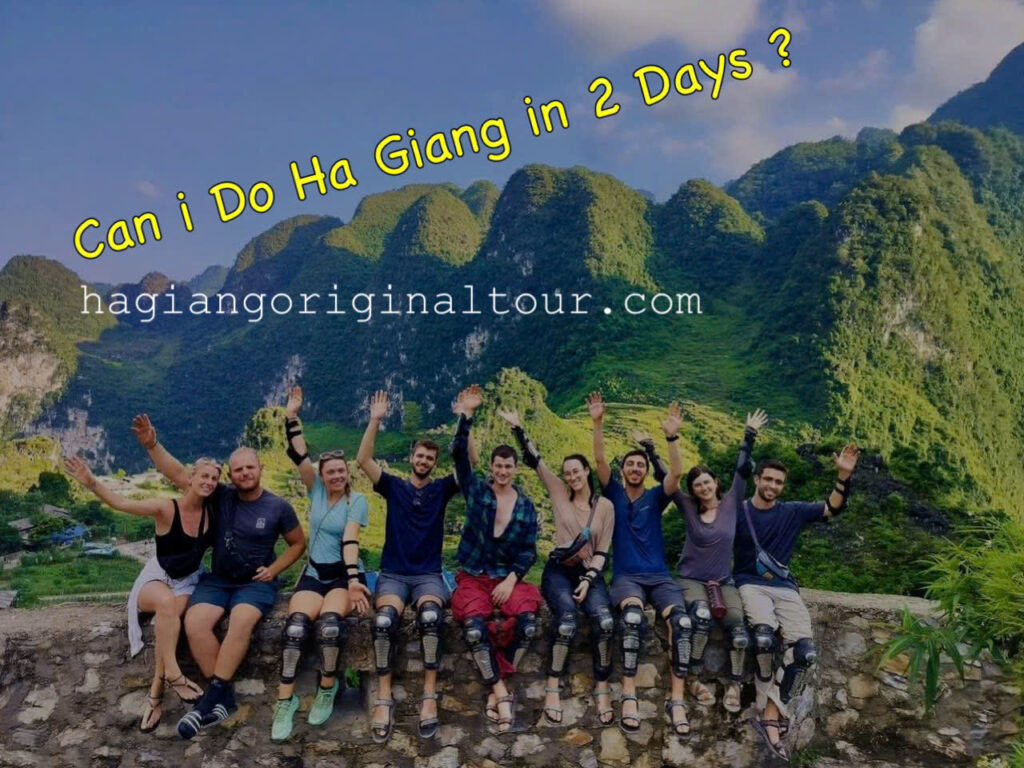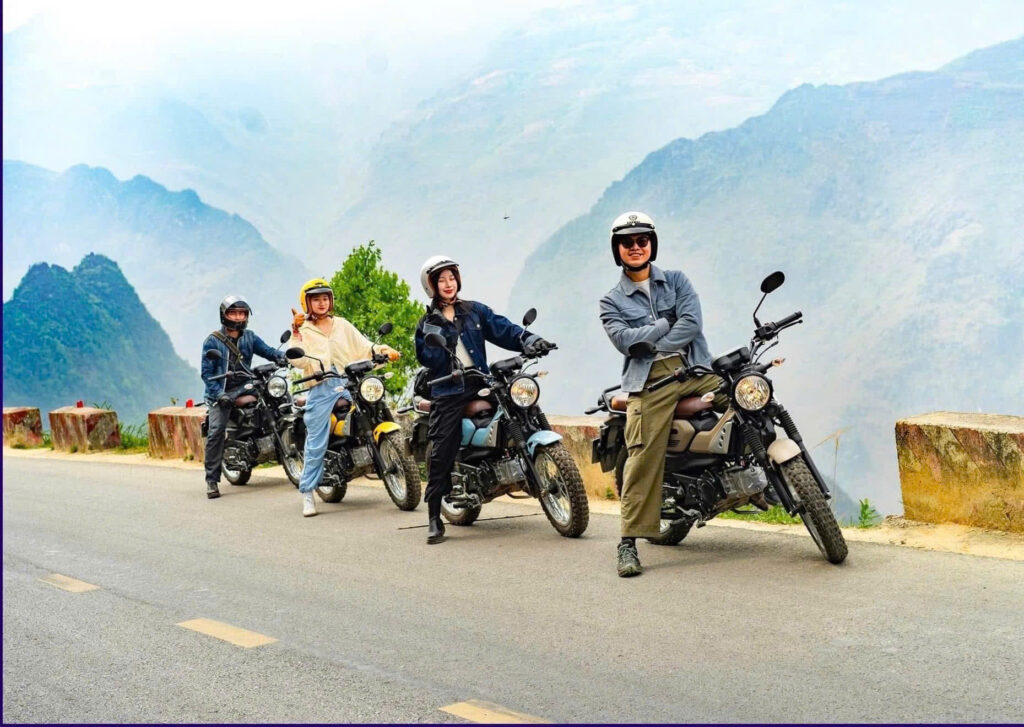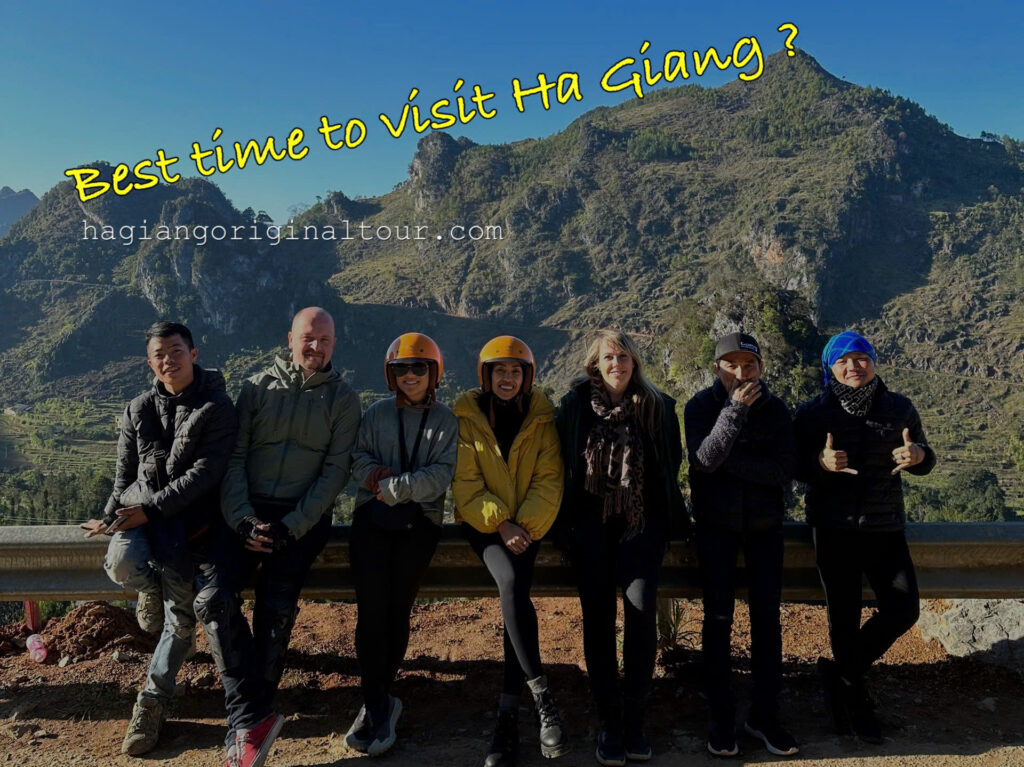Top 10 Most Stunning Views You Can’t Miss in Ha Giang
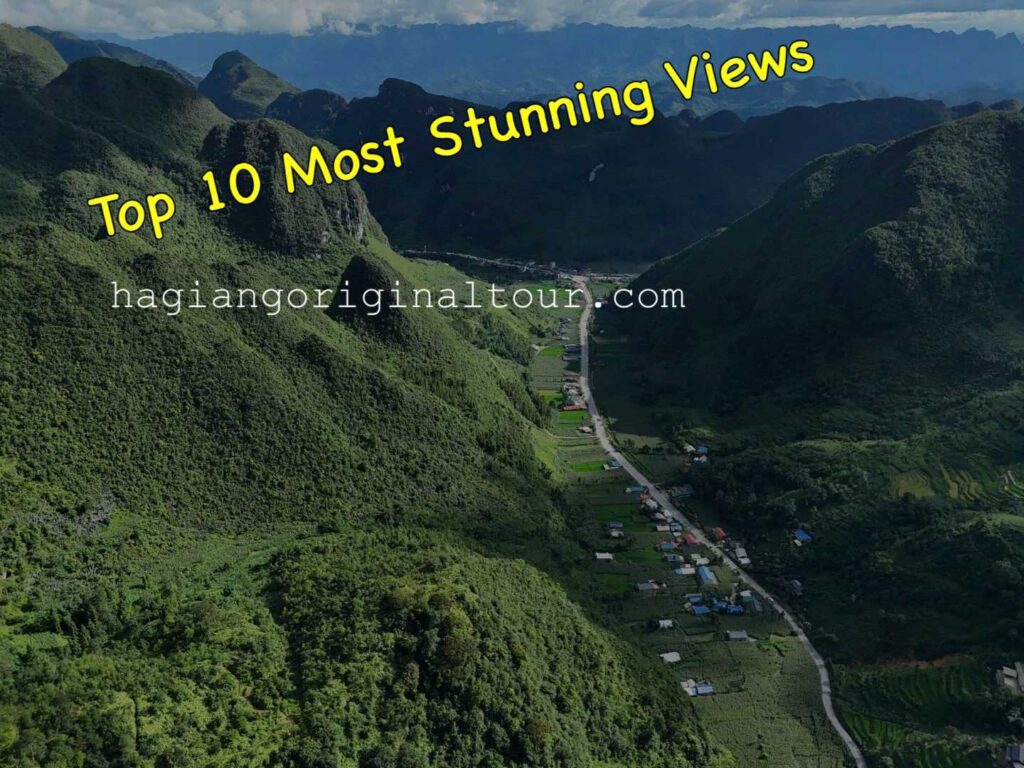
Top 10 Most Stunning Views You Can’t Miss in Ha Giang” is your ultimate visual guide to the most breathtaking and Instagram-worthy locations along the Ha Giang Loop. From dramatic mountain passes like Ma Pi Leng to serene villages like Du Gia and Lung Cam, this guide highlights the best spots to capture stunning photos and unforgettable memories. Each destination comes with photography tips, ideal viewpoints, and pro insights. Whether you’re traveling solo or joining an Easy Rider tour, this is your key to experiencing Ha Giang’s true magic — not just through photos, but through meaningful moments and stories.
The Ha Giang Loop in northern Vietnam isn’t just a road trip — it’s a journey through some of the most jaw-dropping landscapes in Southeast Asia. Towering limestone peaks, deep river gorges, winding passes, and colorful hill tribe villages create a backdrop that feels like something out of a dream.
If you’re heading to Ha Giang and love photography (or simply want some incredible travel memories), this guide is for you. Here are the 10 most stunning Instagram-worthy spots along the Ha Giang Loop — plus tips on how to capture them.
Table of Contents
Top 10 Most Stunning Views You Can’t Miss in Ha Giang
1. Ma Pi Leng Pass – The King of All Views
No Ha Giang photo list is complete without Ma Pi Leng Pass. This legendary road snakes along the edge of a high cliff, overlooking the deep canyon of the Nho Que River far below.
📸 Best shot:
From the Ma Pi Leng Panorama viewpoint or Skywalk. You’ll capture dramatic mountain layers and the river below — especially at sunrise or sunset.
💡 Pro tip:
Use wide-angle or drone to capture the scale. Watch your step — no barriers here!
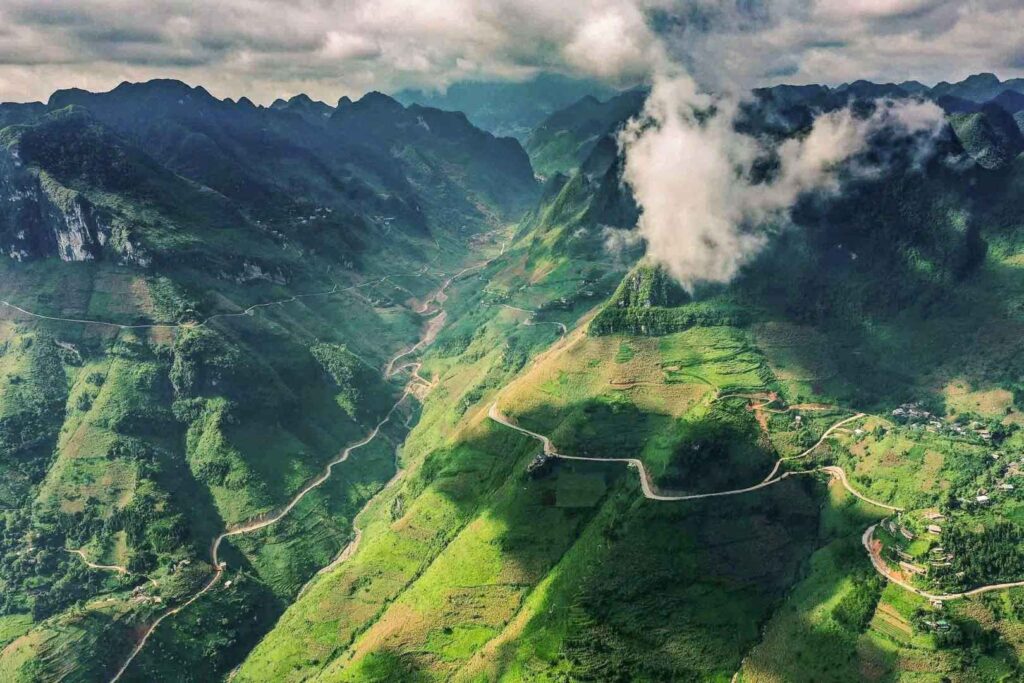
2. Nho Que River & Tu San Canyon – The Green Ribbon Below
At the bottom of Ma Pi Leng Pass lies the emerald Nho Que River, cutting through the majestic Tu San Canyon — Vietnam’s deepest gorge.
📸 Best shot:
Take a boat ride and photograph the vertical cliffs rising around you, or hike down from the Ma Pi Leng Panorama area for a high-to-low contrast.
💡 Pro tip:
Wear green or white to contrast with the vibrant turquoise water.
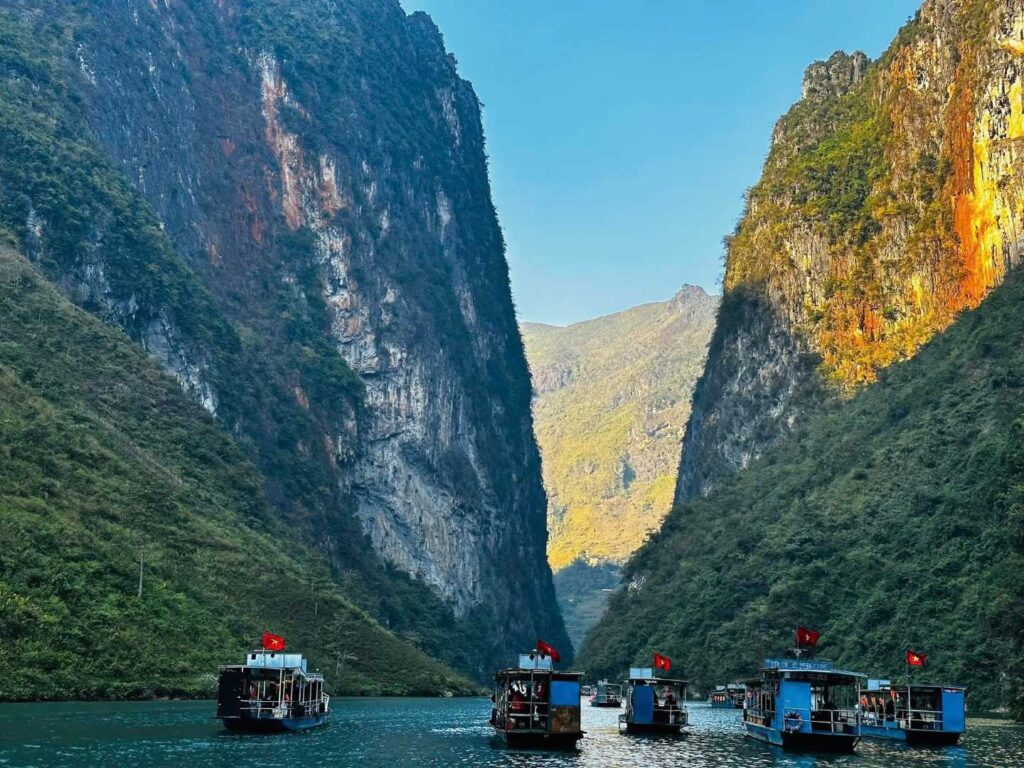
3. Lung Cu Flag Tower – The Northernmost Point of Vietnam
This giant Vietnamese flag stands proudly near the border with China. Climb to the top for panoramic views over both Vietnamese and Chinese mountains.
📸 Best shot:
Wide-angle from the tower base or a drone shot of the flag overlooking endless hills.
💡 Pro tip:
Go early or late to avoid harsh sun and tourists.
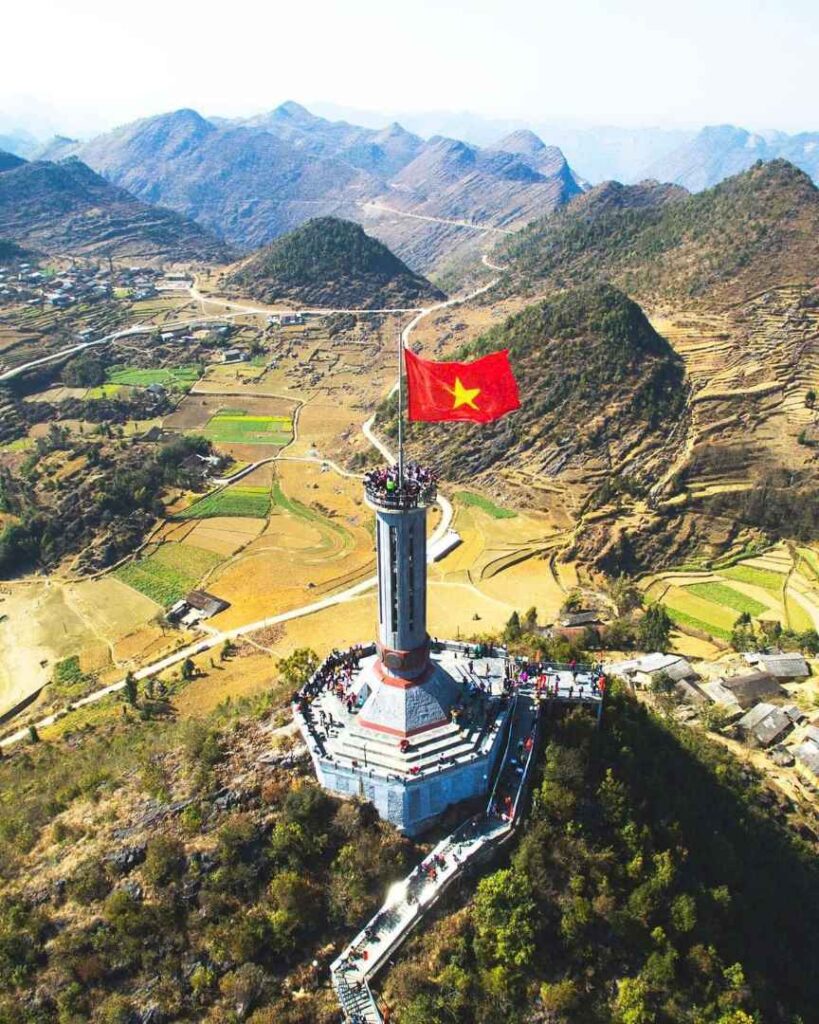
4. Tham Ma Pass – The Iconic Winding Road
Located between Yen Minh and Dong Van, Tham Ma Pass is famous for its dramatic switchbacks — like a serpent cutting through the green hills.
📸 Best shot:
From a drone or the roadside lookout point just before the pass begins.
💡 Pro tip:
Capture a motorbike or car climbing the curves for a sense of scale.
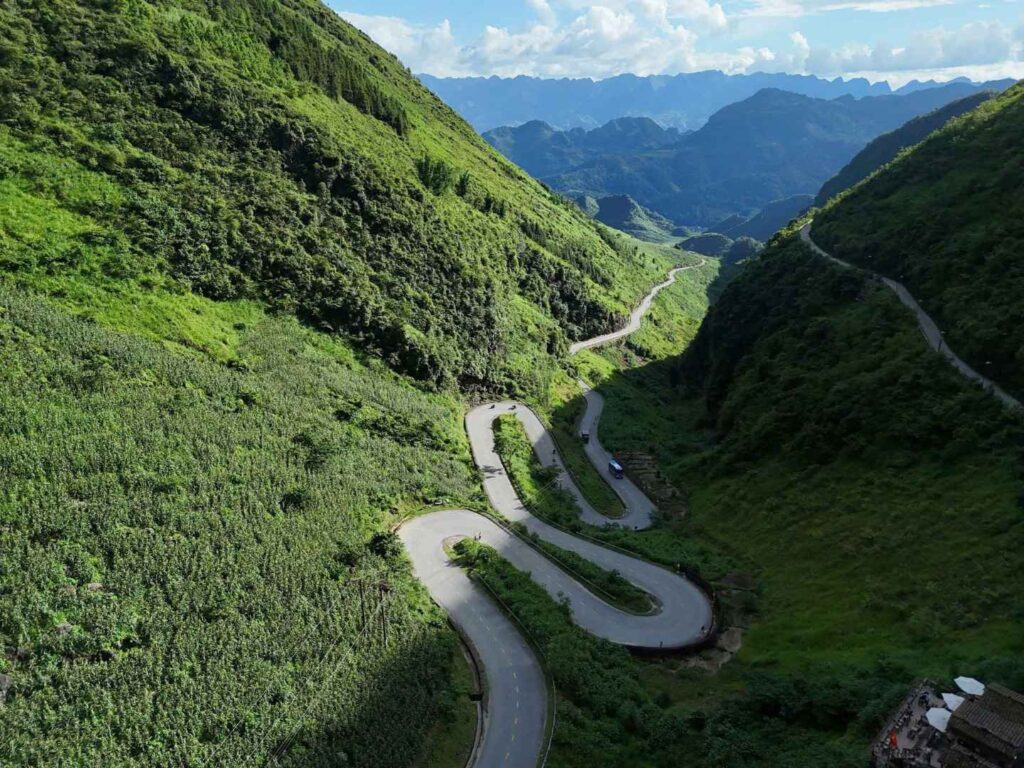
5. Dong Van Old Quarter – Culture & Colors
The Dong Van Old Town offers a peaceful contrast to the wild mountains. Stone houses, yellow walls, and red lanterns make it a photographer’s dream.
📸 Best shot:
In front of the old yellow guesthouses during golden hour, or at the weekend night market.
💡 Pro tip:
Use a low aperture for a soft street portrait look with colorful backdrops.
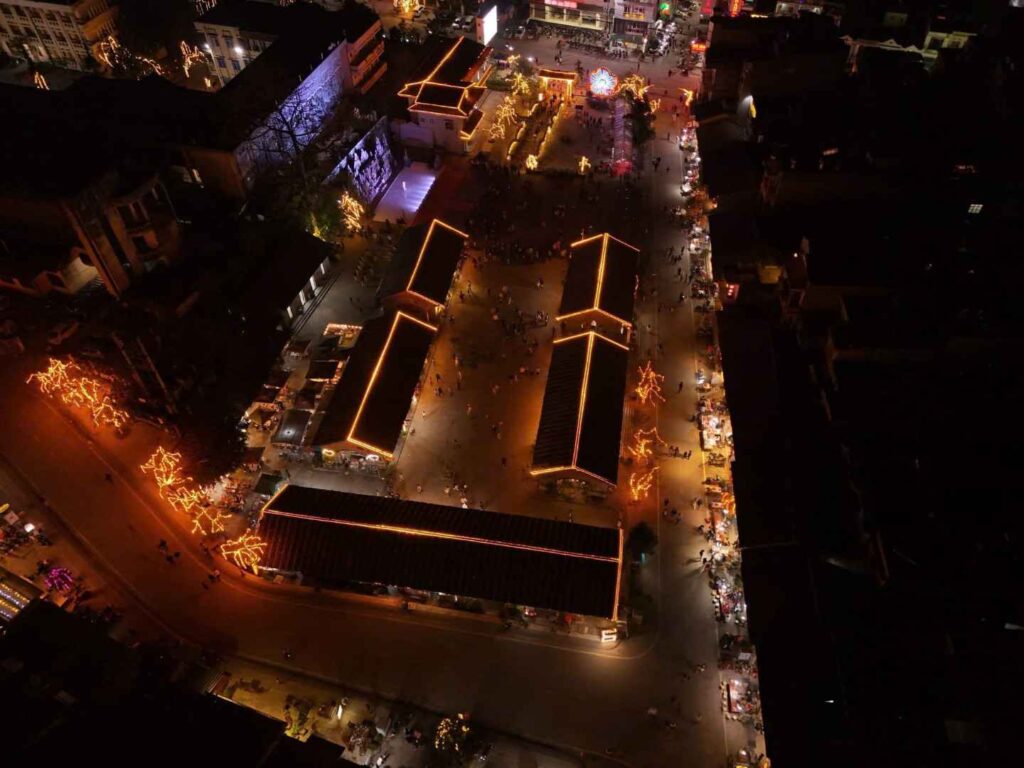
6. Du Gia Waterfall – The Hidden Oasis
Deep in the green valleys of Du Gia, this waterfall offers a refreshing escape and a chance for unique nature shots.
📸 Best shot:
From a rock in the middle of the stream, or jumping into the water with the falls behind.
💡 Pro tip:
Ask a guide to take you during a quiet time — it can get crowded after 3 PM.
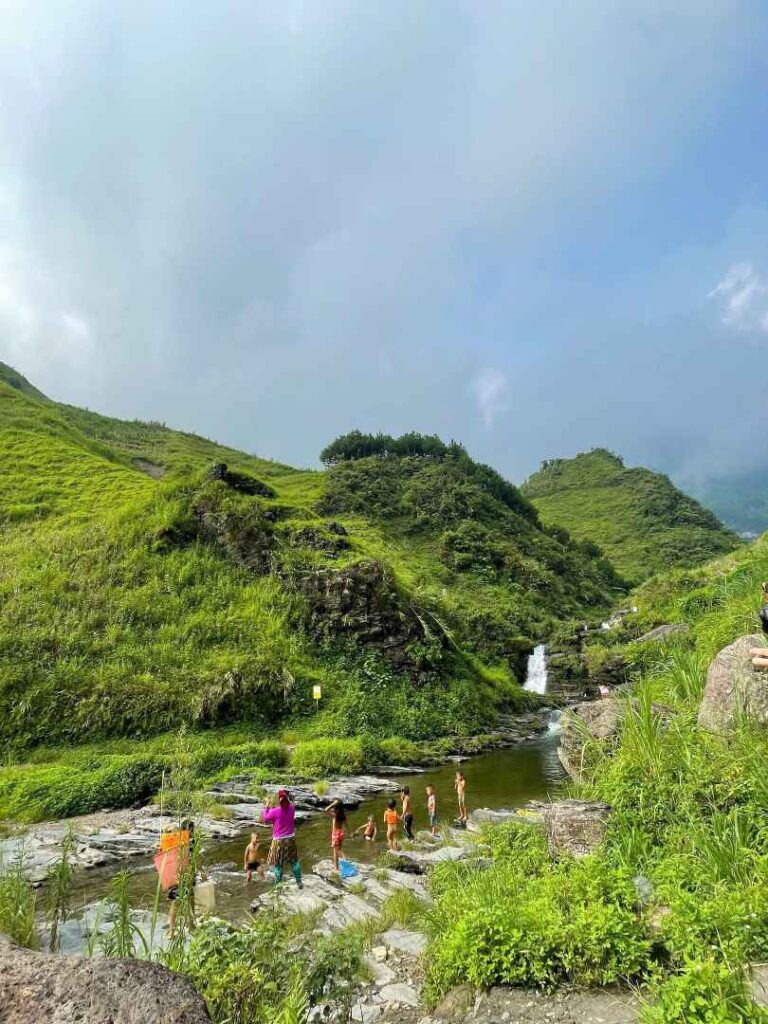
7. Quan Ba Heaven’s Gate & Twin Mountains
Just an hour from Ha Giang city, Quan Ba welcomes you with the Heaven’s Gate viewpoint overlooking the unique Twin Mountains (Núi Đôi) and Tam Son town.
📸 Best shot:
Panoramic view of the “breast-shaped” hills with Tam Son town nestled below.
💡 Pro tip:
Fog often rolls in early morning, adding a mystical touch — or go late afternoon for warm light.
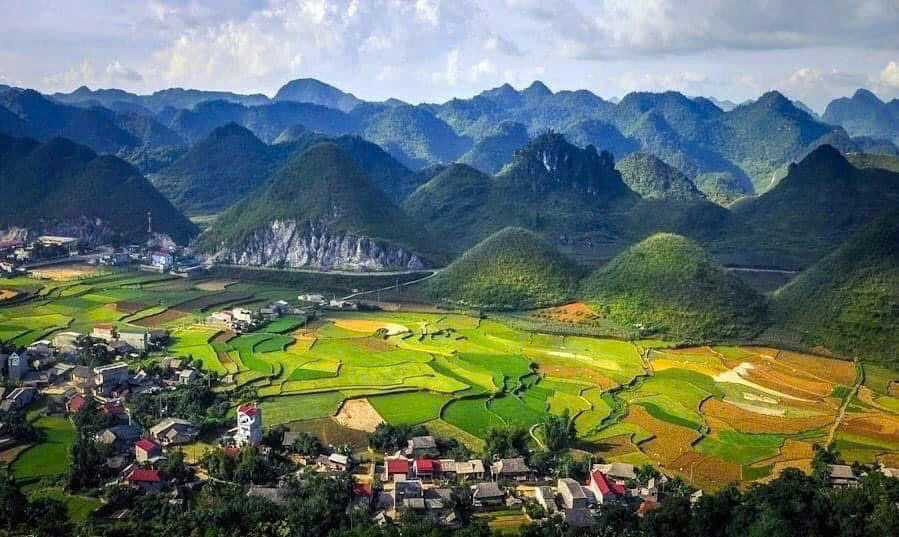
8. Hmong King’s Palace – Historic & Haunting
Built in the early 20th century, the Vuong Family Palace (Hmong King’s Palace) is a fascinating blend of Chinese, French, and Hmong architecture.
📸 Best shot:
The traditional wooden balconies, stone walls, and central courtyard.
💡 Pro tip:
Black and white or sepia tones work well to emphasize texture and history.
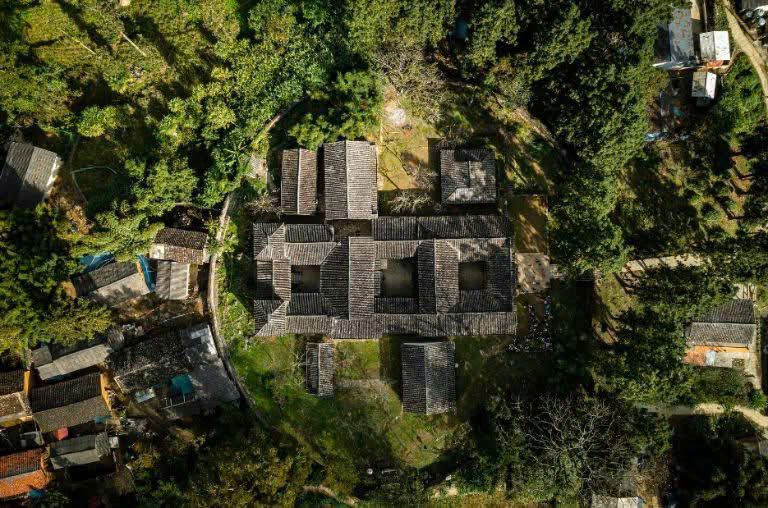
9. Lung Cam Cultural Village – Local Life
Near Dong Van, Lung Cam Village is where traditional Hmong life continues peacefully — stone houses, corn drying racks, and flower gardens in spring.
📸 Best shot:
Children playing near earthen houses, or wide shots of the yellow walls and red roofs.
💡 Pro tip:
Be respectful. Ask permission before photographing people, and consider buying handmade crafts to give back.
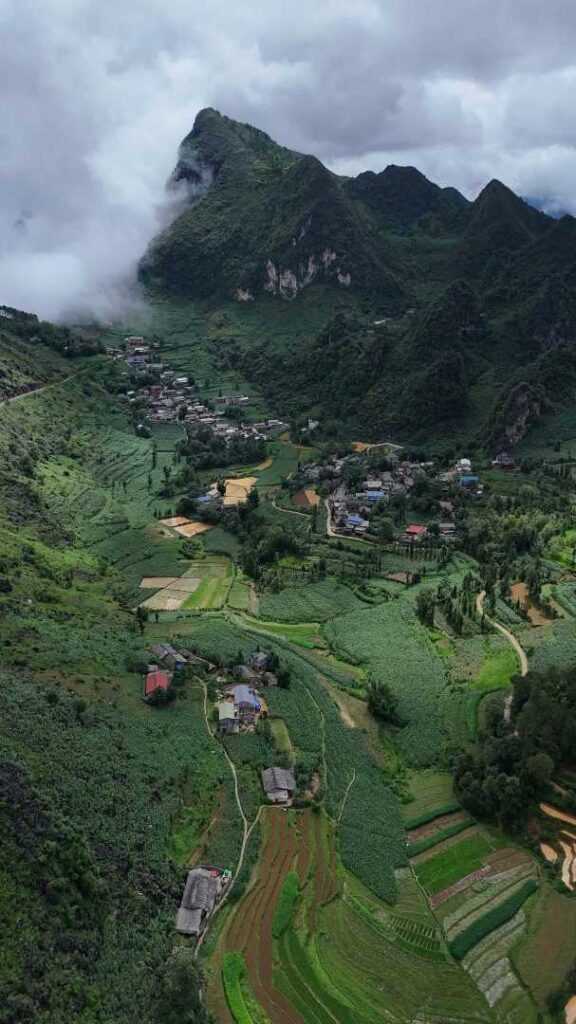
10. Meo Vac Sky Path – Cliffside Serenity
This lesser-known walking path offers spectacular views over the Mèo Vạc valley and towering mountains beyond.
📸 Best shot:
From the trail looking down on terraced fields and misty mountains.
💡 Pro tip:
Golden hour here is unreal. Bring a tripod for steady shots in lower light.
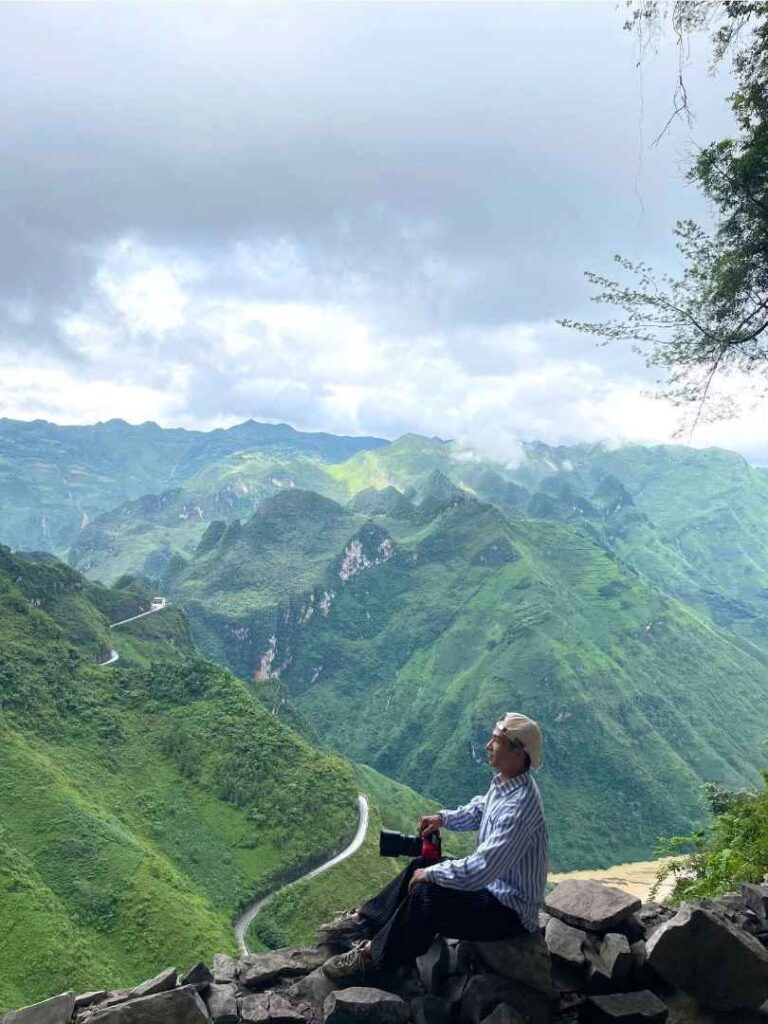
Bonus Tips for Stunning Ha Giang Shots
- Golden hour = magic: Sunrise (6–7 AM) and sunset (5–6:30 PM) create the best lighting.
- Drones are allowed in most places — but fly with care, especially near people or villages.
- Wear bright or natural colors to contrast with the landscapes (white, red, green).
- Rainy season (May–Sept) = misty vibes, lush green; Dry season (Oct–Mar) = clear skies, flowers, sharp shadows.
Want the Best Shots Without the Stress?
If you’re not confident riding or navigating mountain terrain solo, join a Ha Giang Easy Rider tour. Local guides not only take you to the best spots — they know the secret angles, the best times of day, and can even take photos for you while you enjoy the moment.
Conclusion
The Ha Giang Loop isn’t just a destination — it’s a once-in-a-lifetime experience. With these top 10 stunning views and a spirit of adventure, you won’t just capture beautiful photos — you’ll collect lasting memories. Whether you ride solo or join a local Easy Rider tour, Ha Giang promises moments worth sharing.
👉 Check more: Is Ha Giang Worth Visiting?
Planning to explore more of Vietnam’s highlands after Ha Giang? Check out our Sapa tours for more unforgettable mountain experiences.
Have questions about routes or tour options? Feel free to get in touch!

